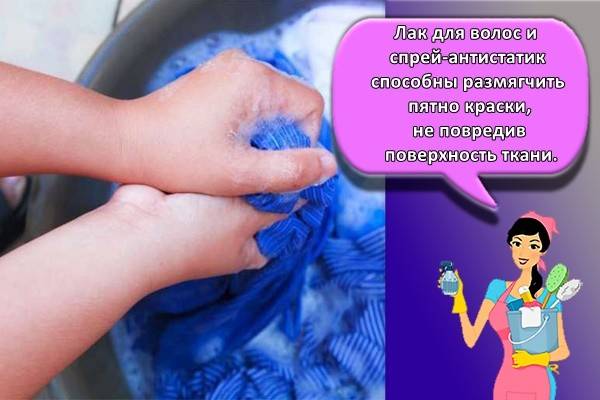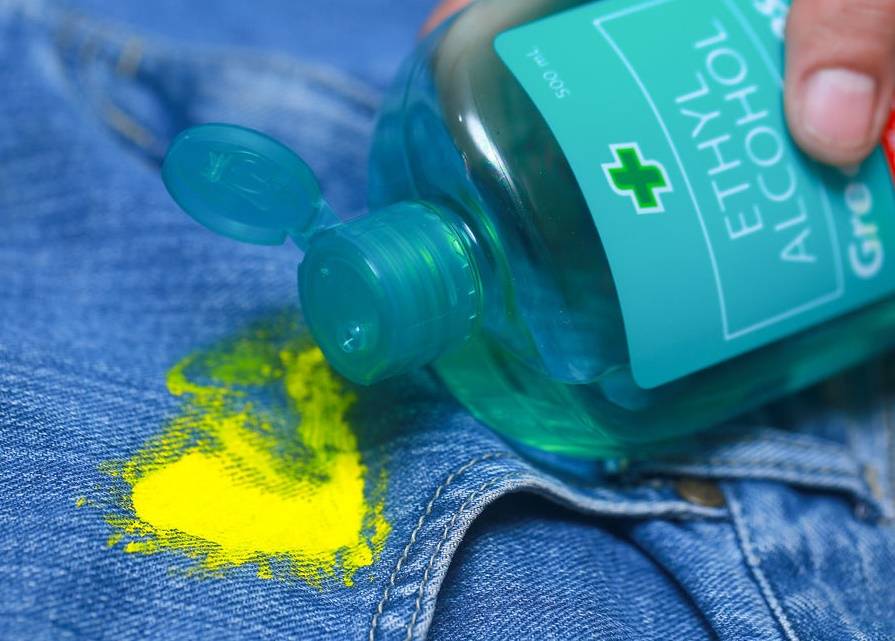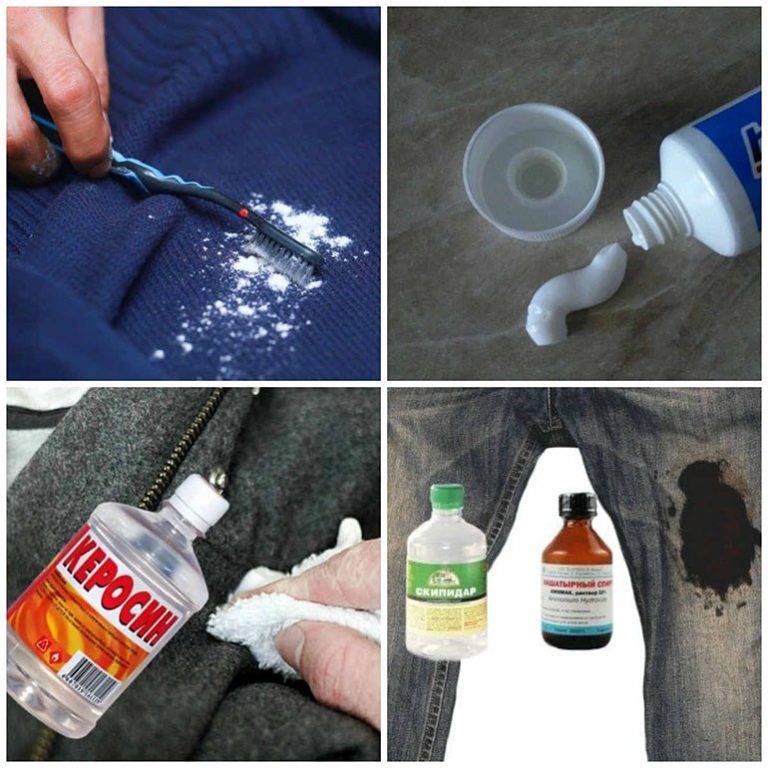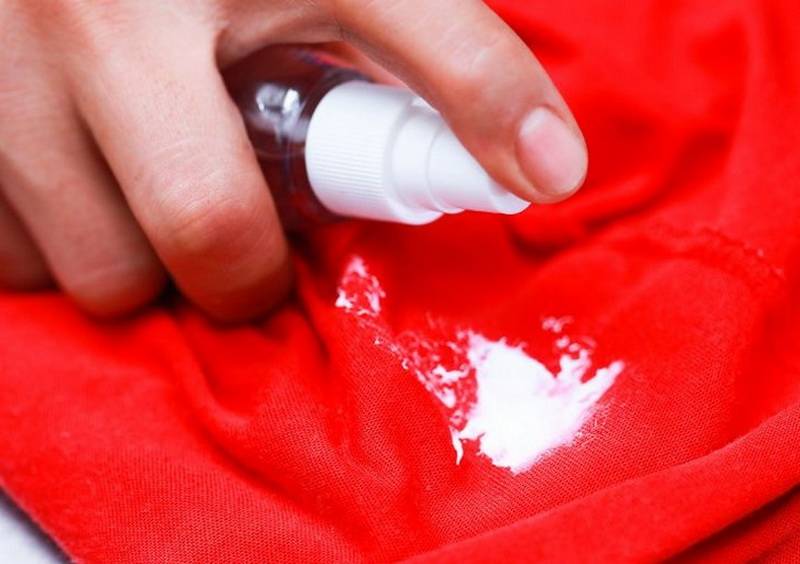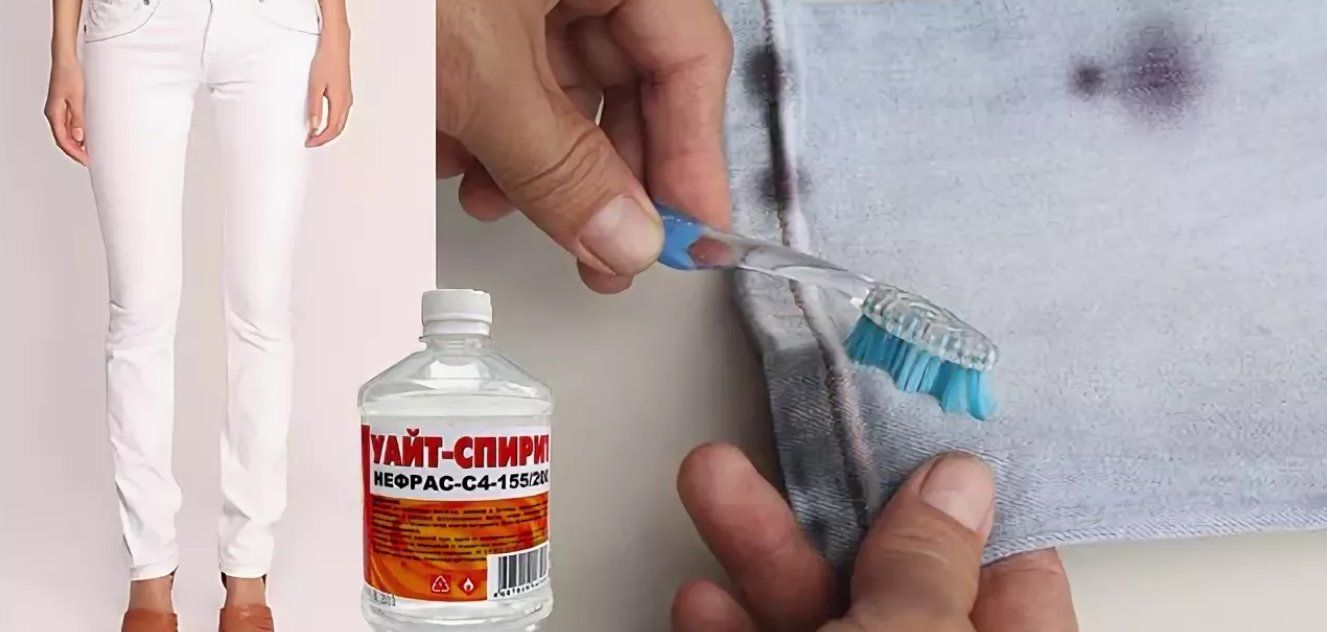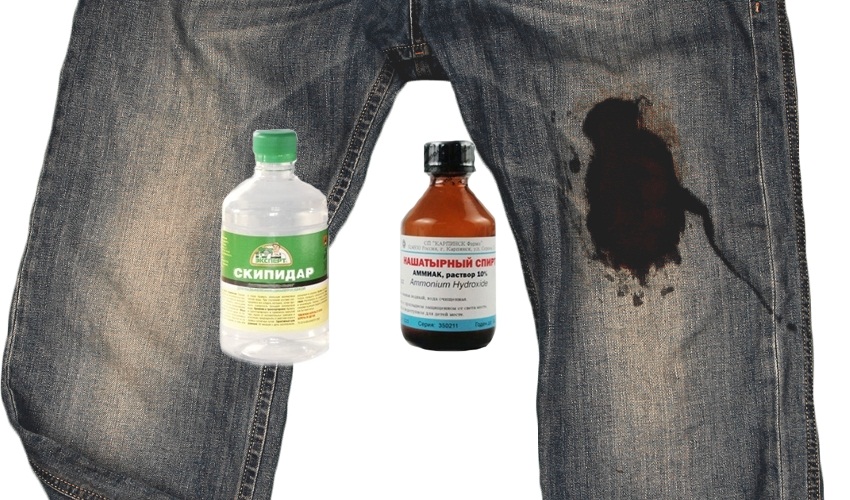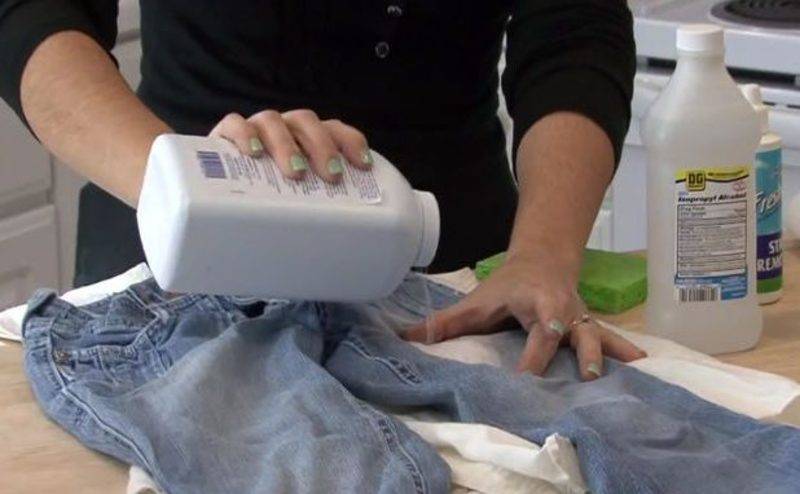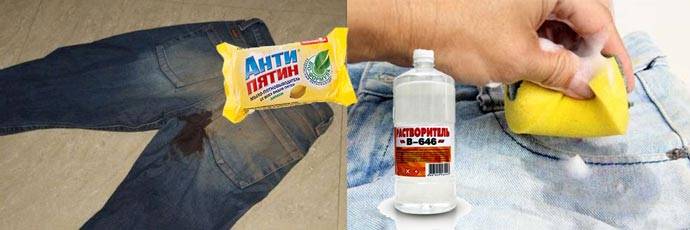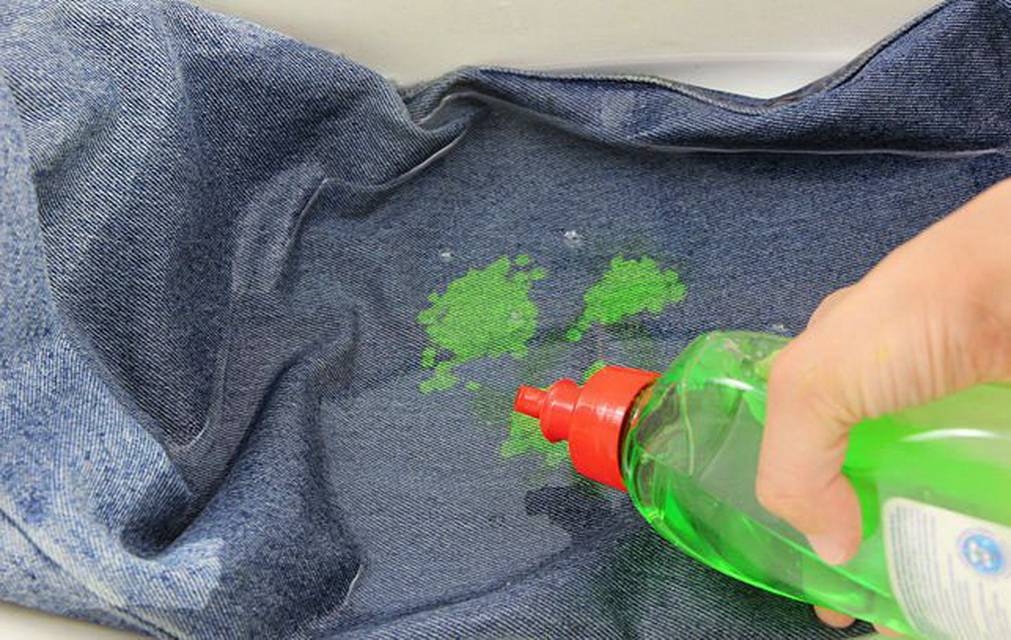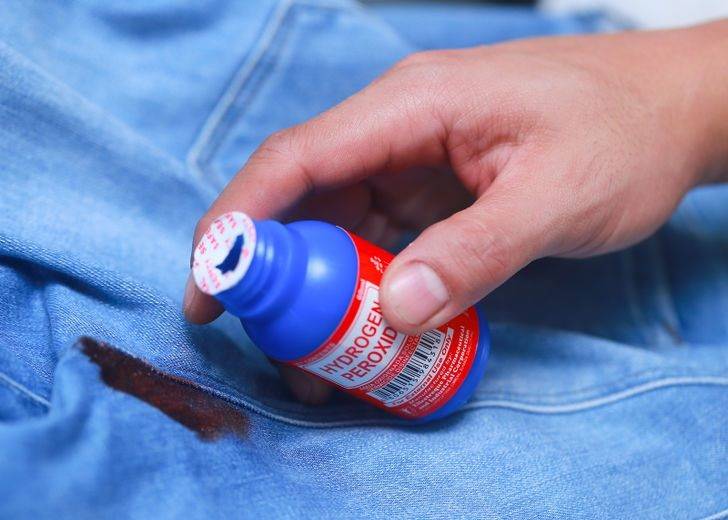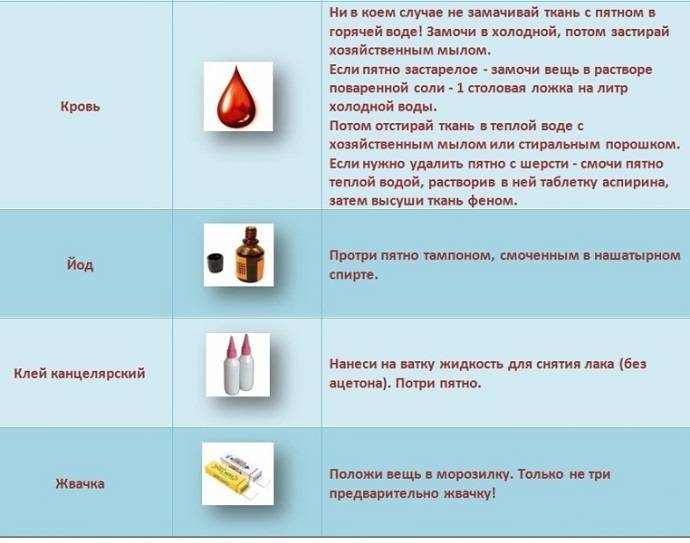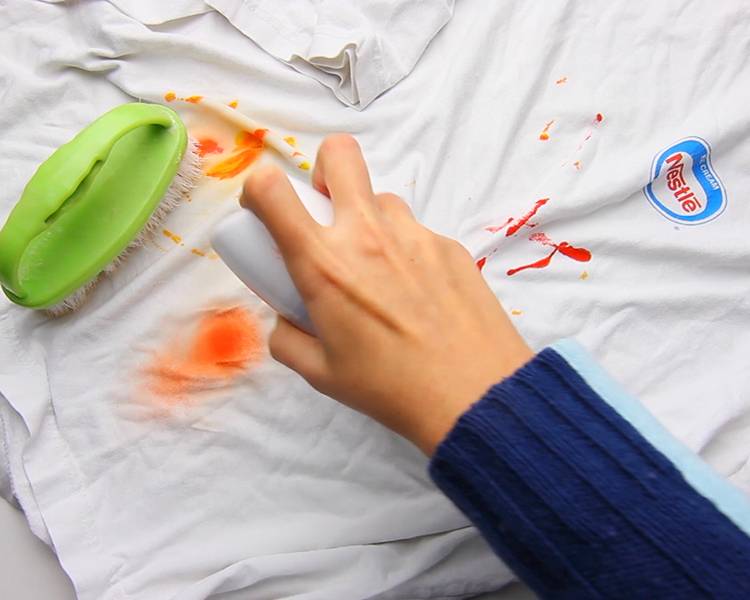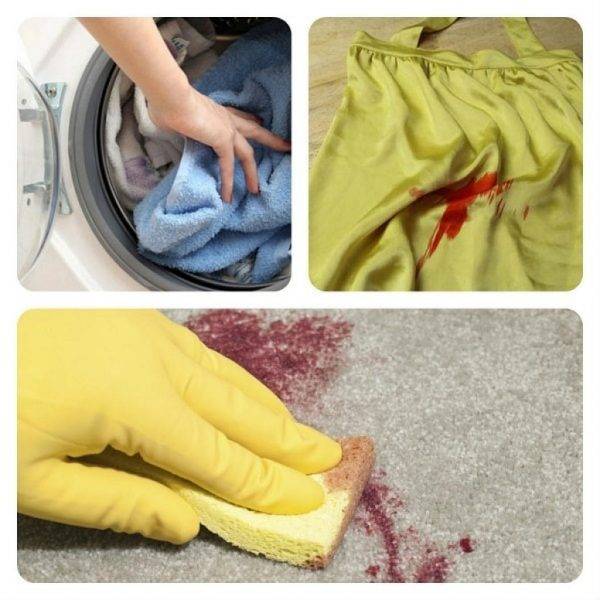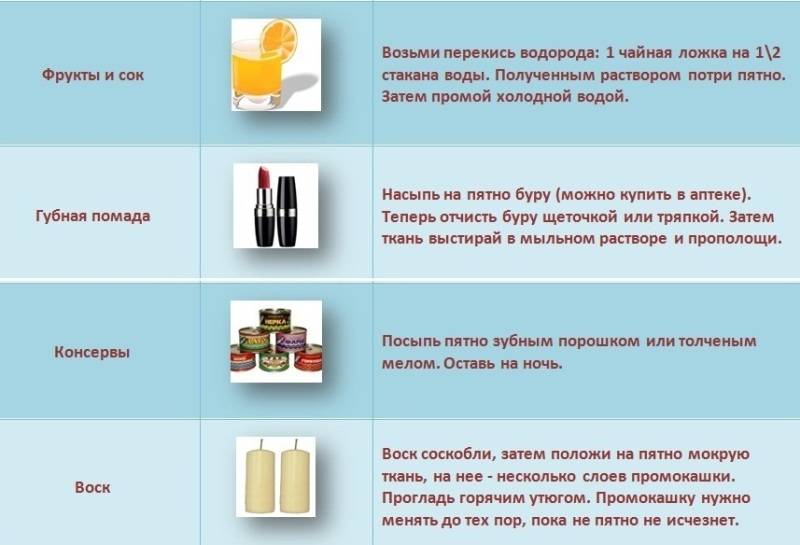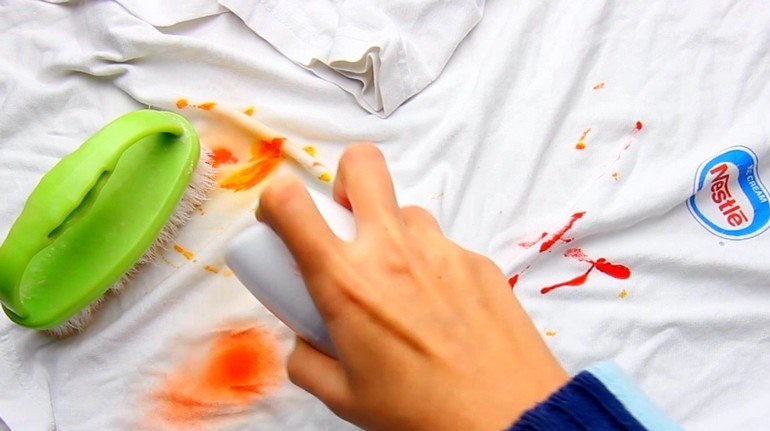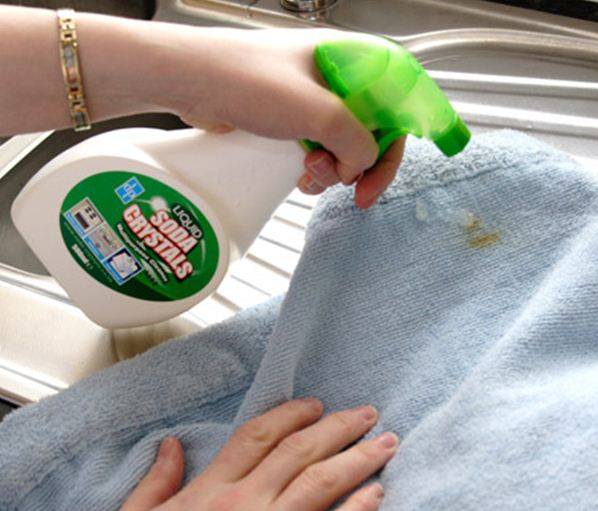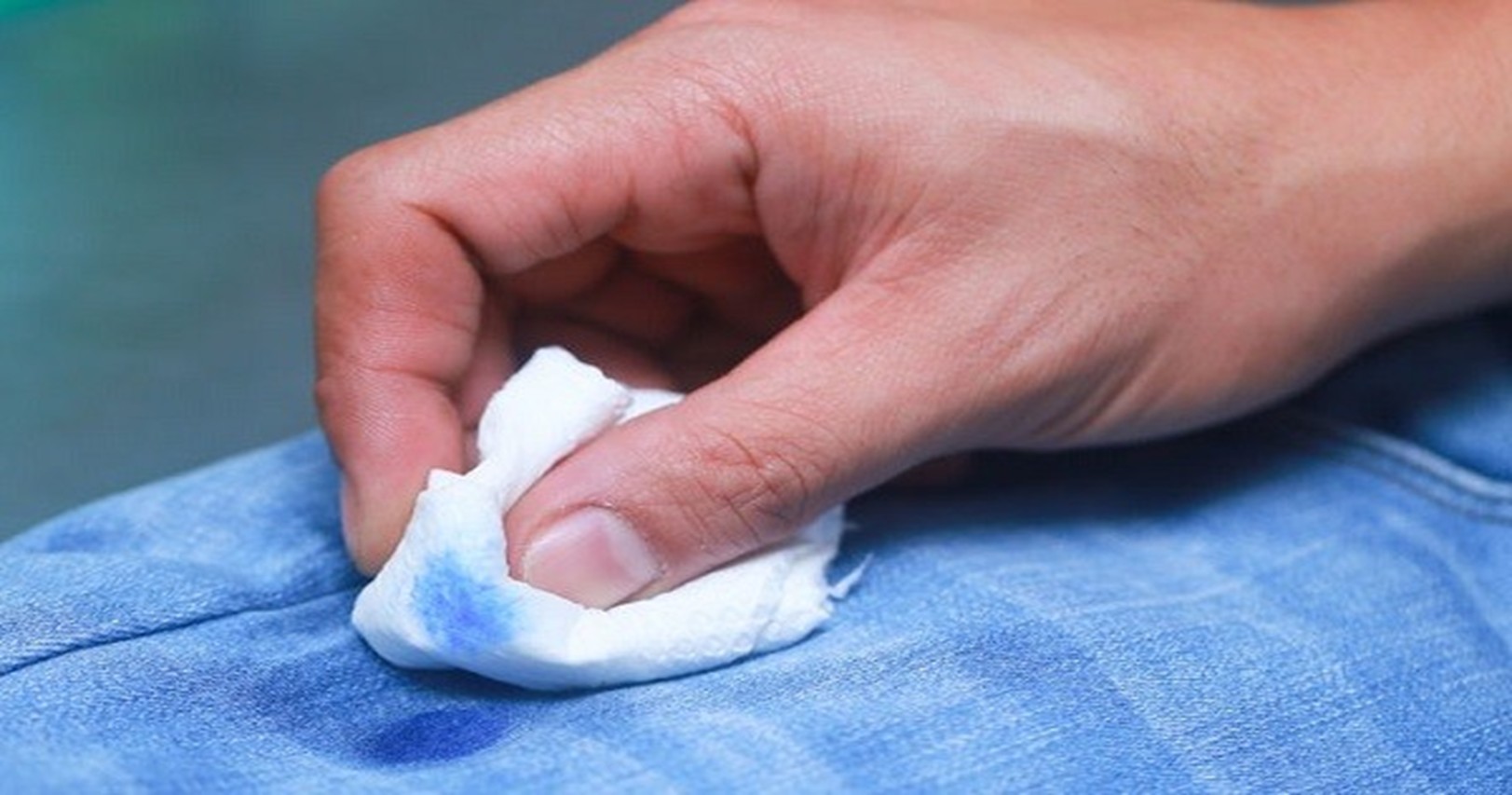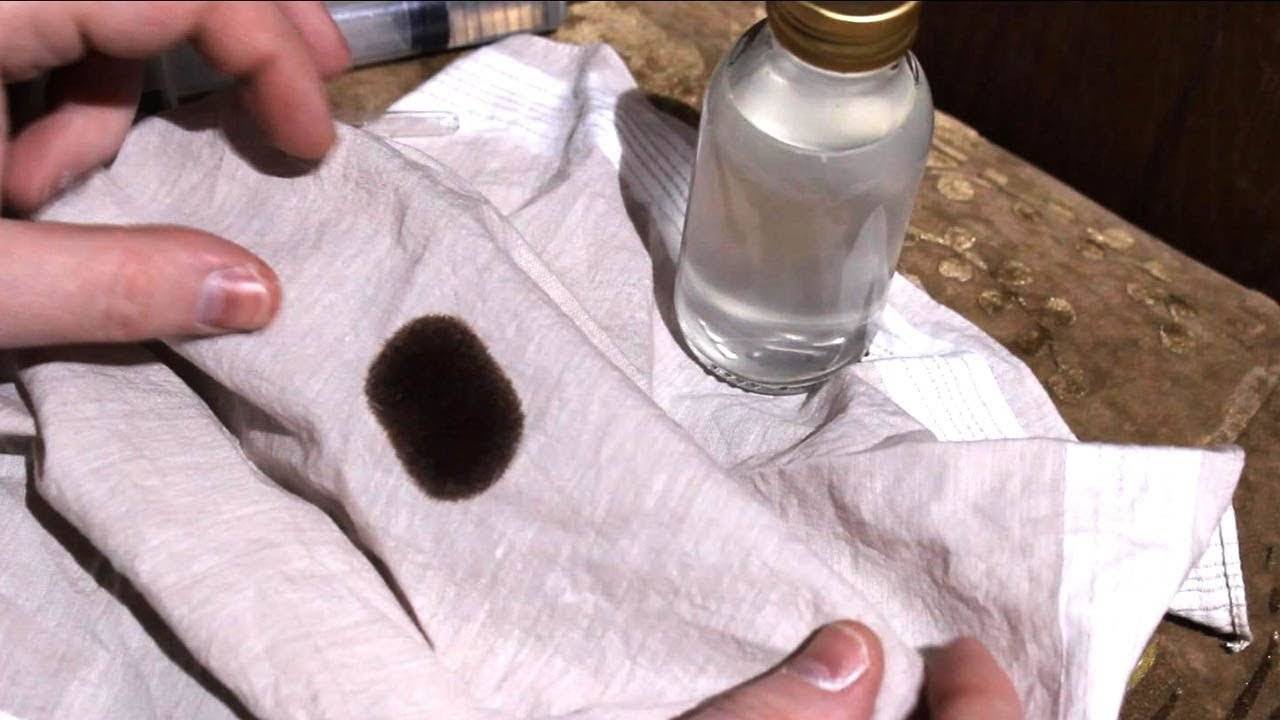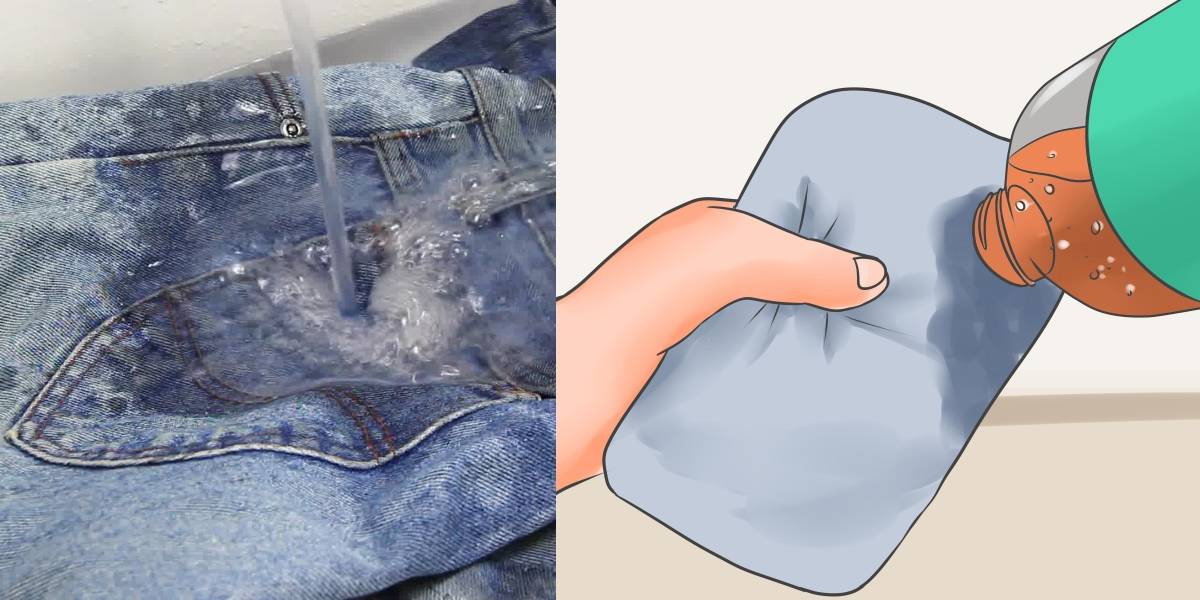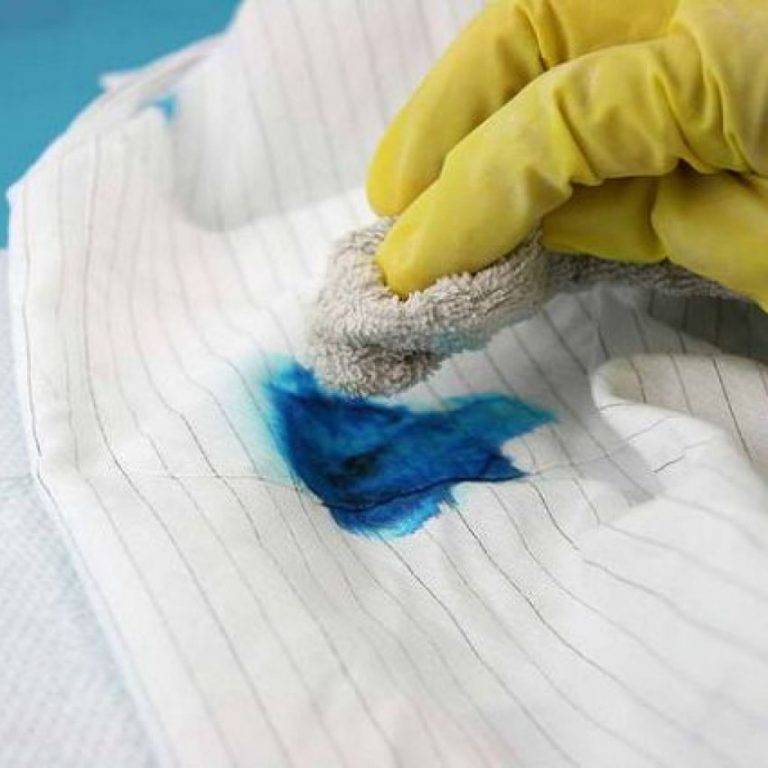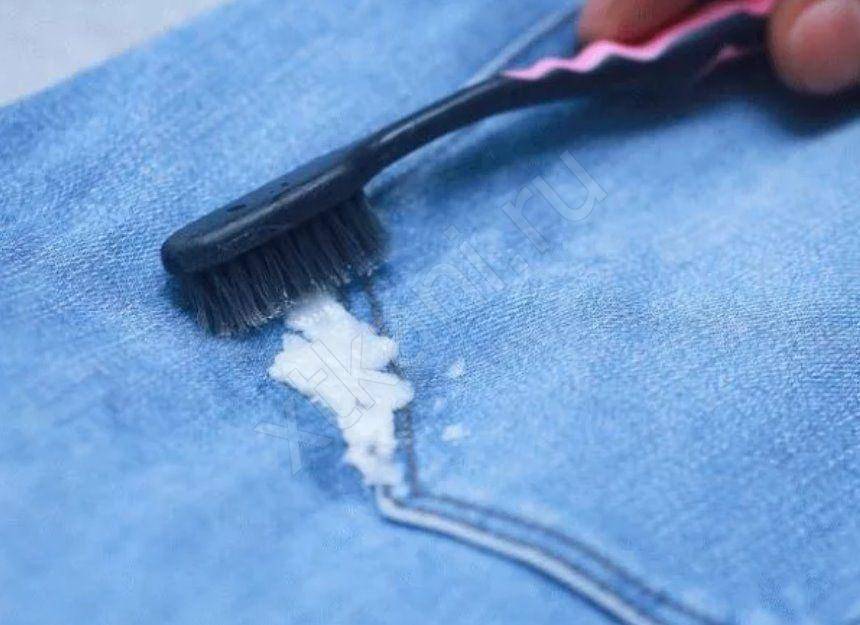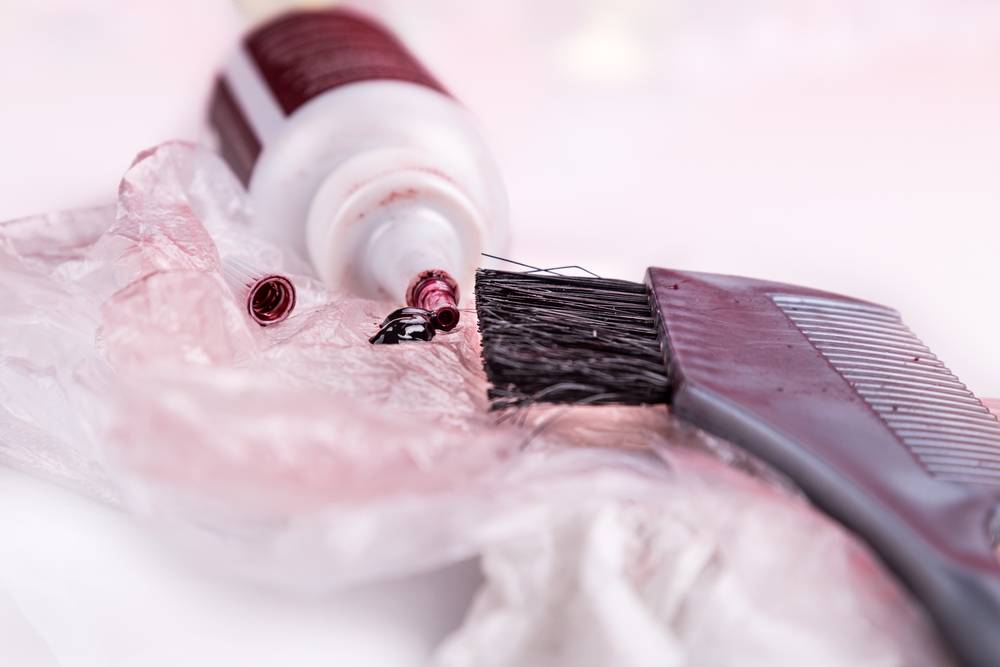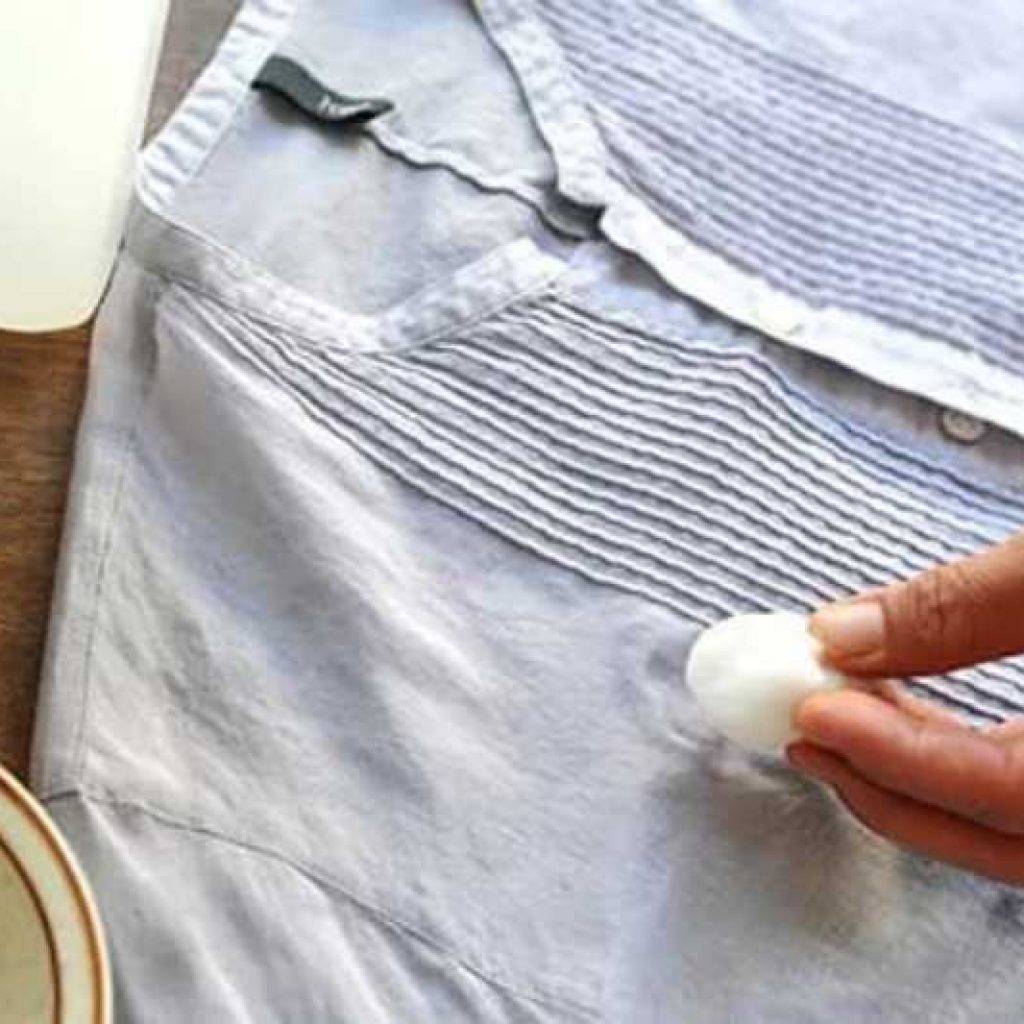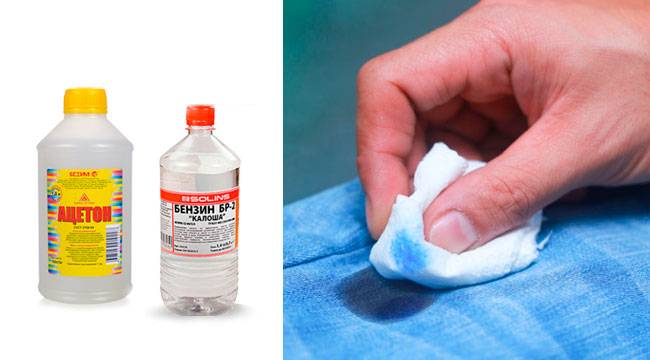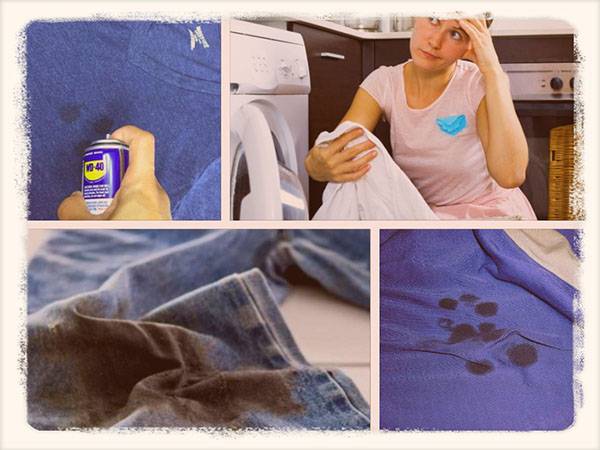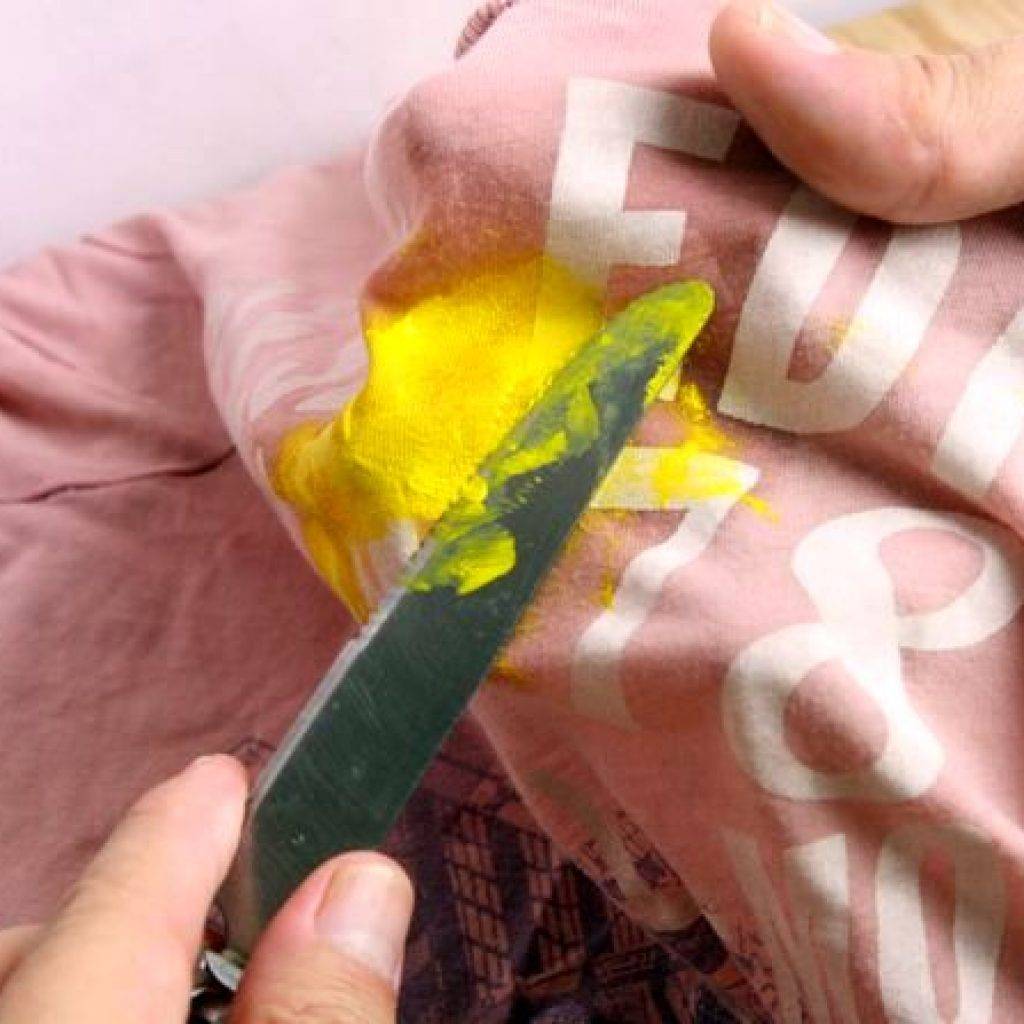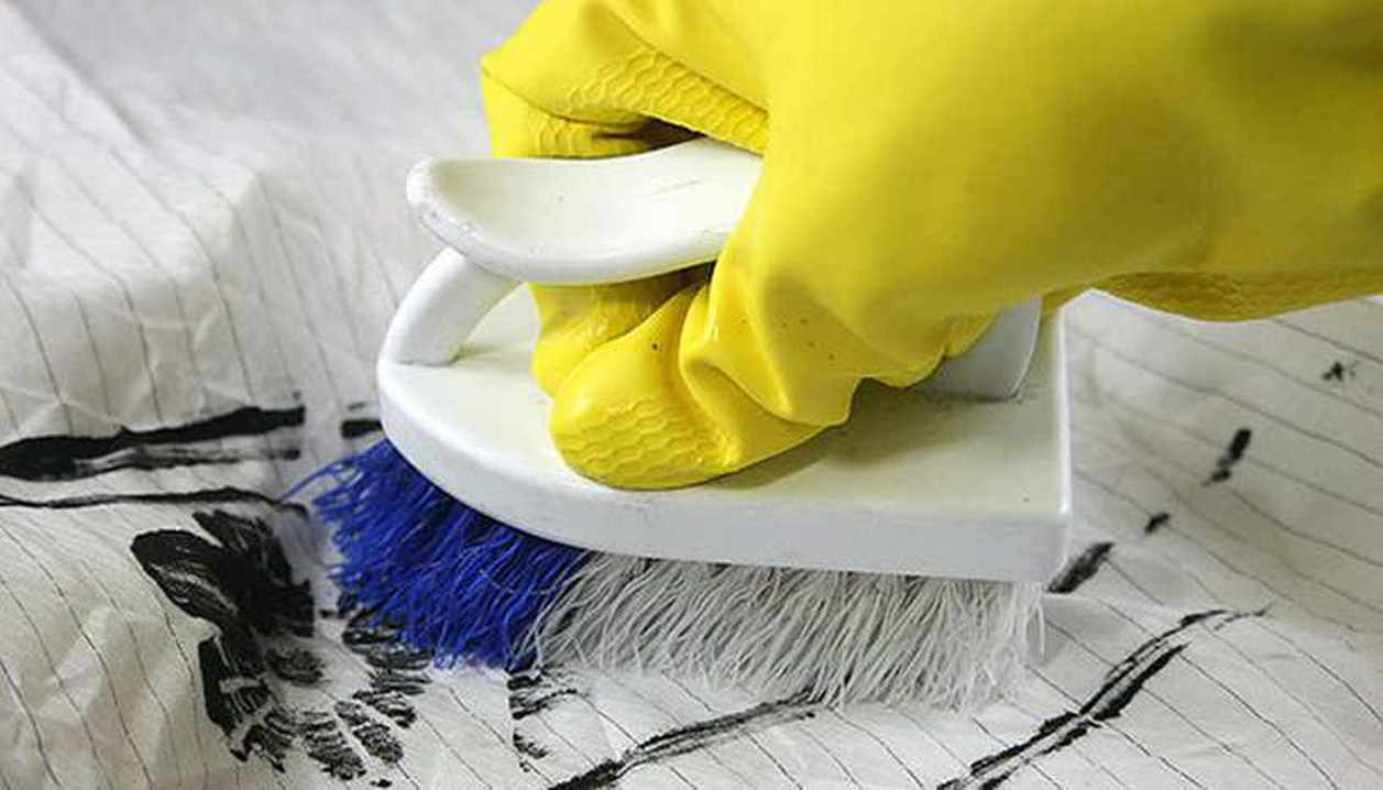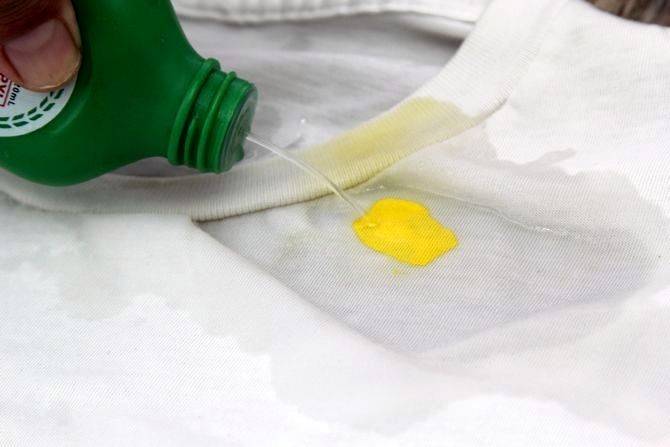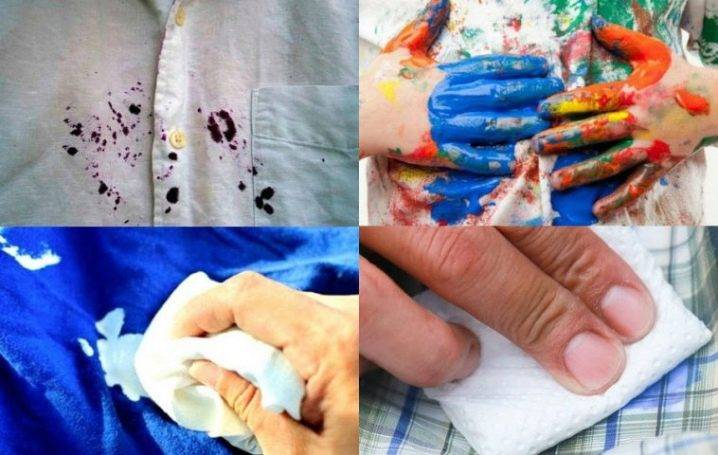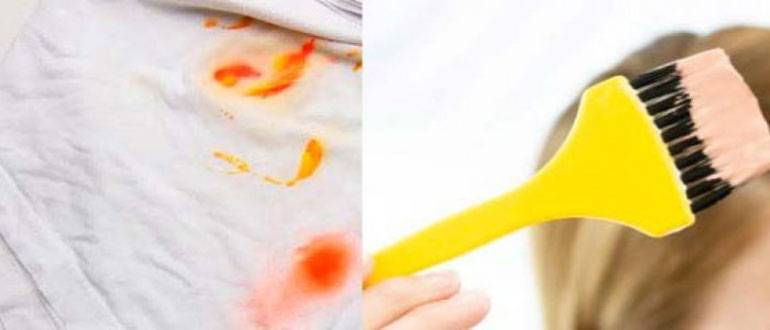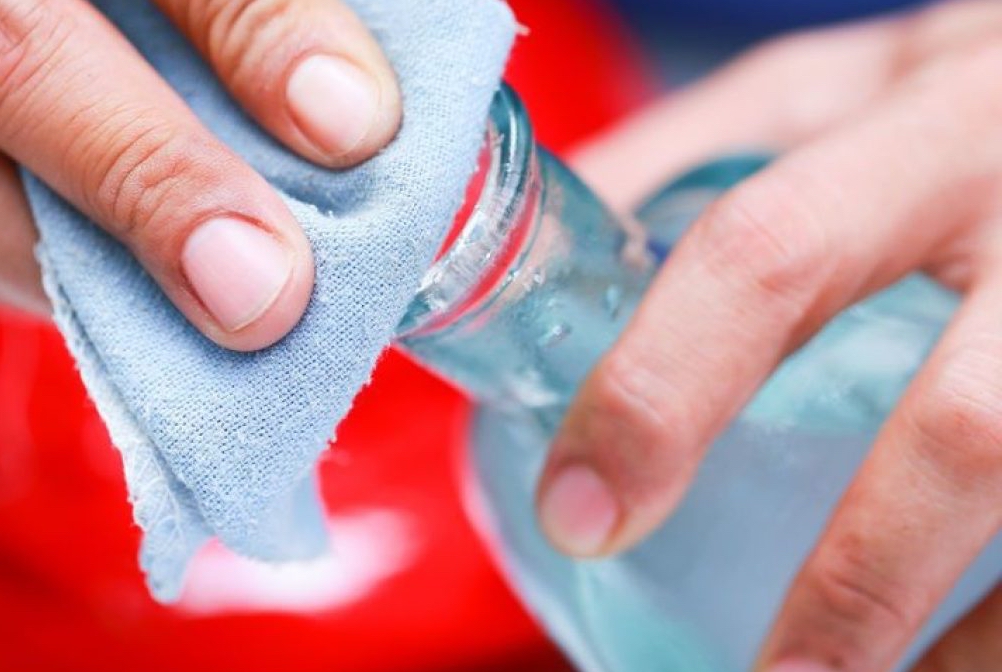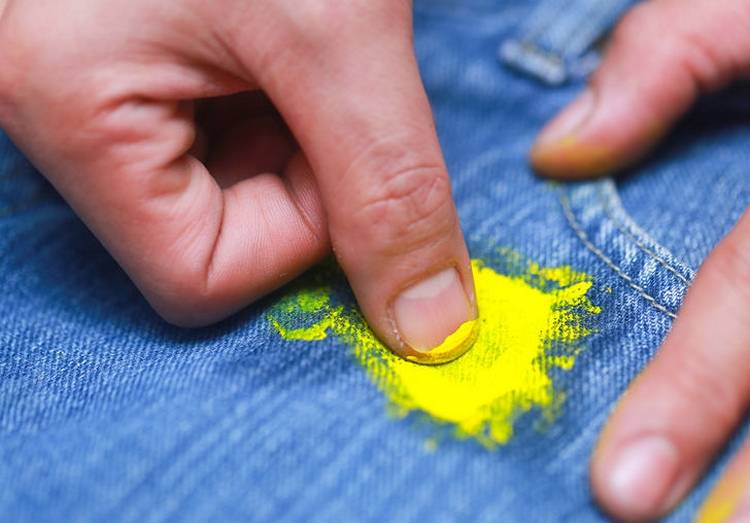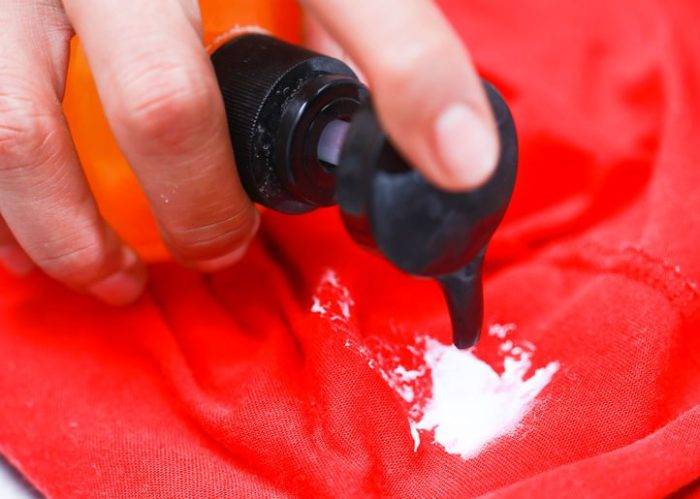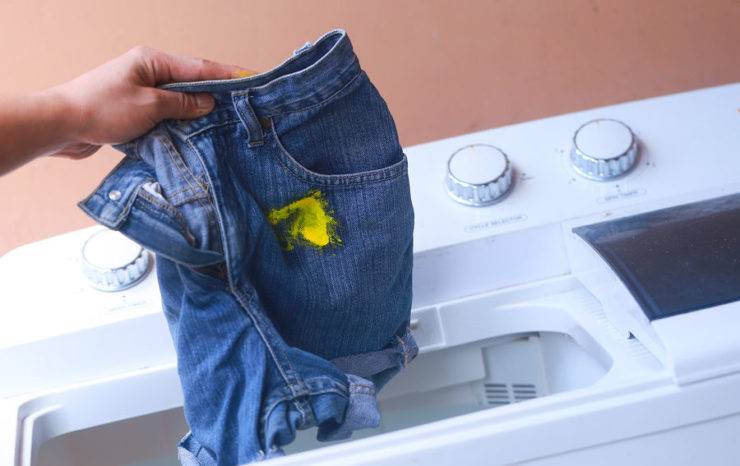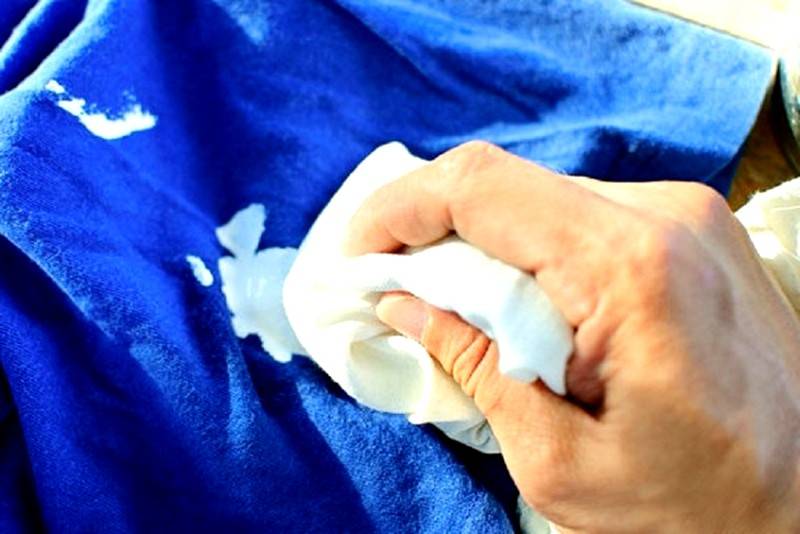Professional remedies
In specialized stores, you can buy paint removers - removers. They act efficiently and delicately at the same time. The expense of such funds is quite economical.
Estelle
Estel Skin Color Remover Lotion. It does not dry out the skin, since it has a neutral ph, there is no ammonia in the lotion. It is very simple to use: you need to apply a small amount of the product on a cotton swab and wipe the dirt off the skin.
Kapous
Kapous is a professional hair cosmetics brand. Shade Off Lotion is specially designed to remove paint from unwanted areas: head, neck, ears and hands. It contains components that soften the epidermis and prevent the development of possible inflammatory processes. To wash away stains from the paint, you need to shake the lotion well, apply it to a cotton swab or disc, and wipe the stains. After the procedure, rinse the treated areas with clean water.
Wella
You can wash stains from the skin with Wella products. Professional Service Line Color Stain Remover is specially formulated for irritated skin. It contains panthenol, orchid extract and vitamin E. These components soften and nourish the skin, reduce the harmful effects of the coloring composition. The method of application is standard: after finishing the staining, apply to a napkin and wash off the marks. Then rinse with clean water.
Hipertin
Utopik Cleaner from the Hipertin brand. Thanks to its cleansing formula, it effectively dissolves paint without residue. A small amount of liquid is applied to a napkin and the dirt is wiped off.
Removers, like any cosmetic preparations, have a certain expiration date. Expired lotions should not be used. Over time, they lose their effectiveness and can cause an allergic reaction on the skin.
Keep removers out of the reach of small children. In case of contact with mucous membranes, rinse the damaged areas with plenty of running water.
Alkyd paint
Alkyd dyes include enamel (varnish-based) and oil (varnish-based). When thinking about how to remove such paint from clothes at home, you need to take into account that it does not dissolve in water. Before handling dirt on things made of dense material, it is recommended to clean off the top layer of paint with a toothpick, coin or the blunt side of a knife.
Pre-cleaning paint from clothing
Alkyd enamel
Methods for removing new stains:
- Soak a cotton wool disc in white spirit or refined gasoline. Wipe the stain. To consolidate the result, apply warmed glycerin or ammonia to the dirt. Rinse the item in water and wash.
- Combine acetone and gasoline in equal parts. Soak a cotton wool disc in the solution and treat the stain. Wash the product.
When figuring out how to remove old paint stains from clothes, it makes sense to pay attention to the following recipes:
- Combine turpentine, gasoline and alcohol in equal parts. Pour onto the stain. Leave on for 1 hour. Remove softened paint with a knife. Rinse the product. Wash the trail with laundry soap.
- Pour undiluted kerosene onto the stain. After 1 minute, wipe it with a piece of cloth dipped in ammonia.
- Moisten contamination with turpentine. After a few minutes, treat it with a sponge soaked in a concentrated soda solution.
Oil paint
In search of a solution to the problem of how to remove an oil paint stain from clothes, you can resort to one of the above methods. New dirt can be removed using dish detergent. To fight old stains, recipes with gasoline, white spirit, acetone, kerosene and other similar substances are suitable.
There are several specific ways to remove oil paint:
- Combine 1 teaspoon each of softened butter and washing powder. Apply a thick layer to the paint. Rub the stain with a brush.
- Soak a cotton swab in sunflower oil and treat the stain.
- Pour vegetable oil on the old stain, wait until it gets wet.Remove the paint with a knife and rub the rest with a brush.
After using the oil, a greasy mark remains on the fabric. It must be sprinkled with salt or moistened with dish detergent. And after 15-30 minutes, wash in warm water.
Having considered how to remove paint stains on clothes, we can conclude that there are many ways to clean things. Choosing one of them, you should focus on the type of fabric and the type of dye
It is important to take special care with delicate materials - silk, rayon, wool, fine synthetics. For their processing, it is better to use non-aggressive agents - laundry soap, dishwashing liquid, ammonia, glycerin. Regardless of what you decide to wipe the stains with, this should be done with gentle movements, without crushing, stretching or twisting the fabric.
Regardless of what you decide to use to wipe the stains, it should be done with gentle movements, without crushing, stretching or twisting the fabric.
Share this
Class
Share this
Tweet
Zapin
The choice of product depending on the type of fabric
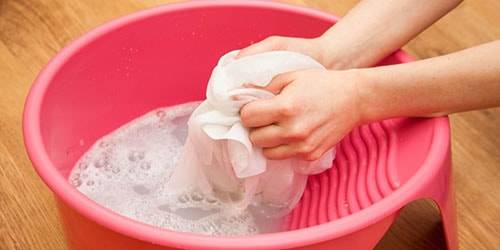
Jeans
It is a dense material with a complex structure. It is problematic to wash it, aggressive products can be used. For example, gasoline and kerosene in combination with laundry soap will be effective.
Course of action:
- Gauze folded in four layers is applied to the stain.
- The fabric is moistened with kerosene or gasoline.
- After ten minutes, the contamination is lathered with laundry soap.
- The material is washed with powder.
Cotton
It is recommended to use ammonia when cleaning cotton fabrics.

- Water is poured into a basin with a thing, ammonia (10%) is added in a ratio of 10: 1.
- The wait is four minutes.
- The fabric is washed in the usual way.
Silk, nylon, nylon
These fabrics are chemically produced and are therefore particularly sensitive to various solvents. It will be possible to get rid of pollution with the help of ammonia. The procedure is different from cleaning a cotton cloth:
- A napkin is placed on the contaminated area.
- A cotton swab or sponge is moistened in ammonia.
- Wipe the product from the inside.
- Wash the thing in a weak saline solution (1 tablespoon of salt is consumed per 1 liter of water).
Wool
This material is afraid of aggressive substances.
When removing paint from wool, use laundry soap:
- The contamination is rubbed with soap.
- The item is immersed in hot water for 1-2 minutes.
- The product is washed by hand using washing powder.
Folk ways to remove gouache
To wash off the gouache, you can use proven folk recipes. This will not require additional costs, since almost all formulations can be prepared from improvised means.
When choosing a cleaning powder or liquid, consider the type of fabric. Some substances are quite aggressive and are not suitable for cleaning delicate materials.
Laundry soap
Universal detergent for cleaning clothes - laundry soap. To erase the gouache, it is advisable to take a bar marked 72%.
Stages of the procedure:
- pour water at room temperature into a bowl for washing clothes;
- soak the soiled thing by rubbing the problem area with laundry soap;
- wait 10-15 minutes;
- after the allotted time, rub the stain and rinse the product.
If there are traces of gouache, it is worth repeating the cleaning.
Dishwashing liquid
At home, you can use a dishwashing gel. In this case, you will need:
- add dishwashing liquid to the water;
- stir the composition until foam appears;
- place contaminated clothing in a container with a solution;
- leave for 20-30 minutes;
- wash the thing in the usual way.
It is advisable to take a high-quality concentrated dishwashing detergent. Then the chances of completely removing the gouache will increase.
Ammonia and glycerin
To remove paint stains from dense fabric (denim, cotton, flax and others), a solution of ammonia and glycerin is used.
Algorithm of actions:
- mix ammonia and glycerin in equal proportions;
- apply the resulting mixture to the contaminated area;
- wait 10-15 minutes (if the stain is old, then the exposure time can be increased to 30-40 minutes);
- try to wipe off the paint under running water;
- wash clothes.
We recommend using fabric softener when washing. This will help get rid of the unpleasant smell of ammonia.
Toothpaste
Delicate fabrics can be cleaned with toothpaste. This will require:
- apply toothpaste to the stain and rub it in lightly;
- after 5-10 minutes try to wash it off together with the paint.
After that, the item is washed by hand or in a washing machine.
Mustard powder
Mustard powder will help get rid of fresh traces of gouache. Application scheme:
- mix mustard powder with water to a gruel state;
- apply the prepared mixture to the stain;
- leave the product for 20-30 minutes, periodically wetting the problem area with water.
The main thing is not to let the mustard dry out. Otherwise, the effectiveness of this tool will decrease.
Soda
You can also remove gouache with baking soda. For this you need:
- moisten the contaminated area with water;
- sprinkle a lot of powder on the stain;
- wait 10-15 minutes and try to remove the paint with running water.
If the fabric is thick, you can gently rub the dirt with a soft brush.
Eucalyptus oil
When the stain is dry, you can use eucalyptus oil. This remedy is sold at a pharmacy.
Cleansing method:
- pour a few drops of eucalyptus oil from a bottle onto the paint;
- rub the fabric with a rag, erasing the stain from the edges to the center;
- rinse the area with clean water.
If the first time you did not succeed in removing all the paint, you can repeat the procedure.
Ready funds
For a stained product made of thin, delicate fabric, it is advisable to use special stain removers. For example, "Vanish". This detergent can be added to the washing machine by running a delicate wash cycle.
If you need to remove paint from white clothes, you can add bleach. To remove gouache, bleaches based on active oxygen are used, which can dissolve the dye. It is not recommended to use products containing chlorine.
Folk ways
It is very difficult to wash the paint with ordinary soap, the stains will only fade slightly, but will not disappear. It is more expedient to use folk remedies.
To wash off traces of paint from hands, nails and cuticles, use fresh lemon juice, which has brightening properties. Before and after the procedure, hands are washed with soap and then smeared with cream.
Use a cosmetic oil, such as wheat germ or grape seed, to wipe off any paint on your face. It will work more efficiently if heated.
You can wash off the stubborn paint with rubbing alcohol or vodka. Lotion, cologne are also suitable. It is enough to apply alcohol-containing liquid on cotton wool and wipe the skin. Repeat if necessary.
Another way to remove hair dye from your skin is with hydrogen peroxide. It has bleaching properties. A swab dipped in a 3% peroxide solution should be applied to the stained areas. It is necessary to act carefully with the skin of the face, do not intensively rub or stretch.
If paint gets into the body, acetone can be used. After the procedure, it must be washed off with water. An alternative is regular nail polish remover.
For allergy sufferers, kefir is suitable. Sour milk drink must be slightly warmed over low heat, making sure that it does not curl. Then moisten a cotton swab and wipe the stained areas. The higher the fat content of kefir, the softer it acts on the skin.
Rinse the pigment off your hands with baking soda. 1-2 tbsp. l. Dissolve the powder with a small amount of water to a slurry consistency, distribute this mixture over the skin and wipe off traces of paint with a hard washcloth.
You can remove persistent dye with toothpaste.It must be applied in a thin layer, left for 20-30 seconds, and then actively massage the problem area with a face washcloth or cosmetic disc. A slight burning sensation may be felt.
Fresh traces of paint can be washed off with wet wipes. It is best to use them as soon as the skin is colored.
Another effective recipe is a mixture of baking soda, salt, and regular day cream. It is necessary to apply a generous amount of cream on a cotton pad, dip it in fine table salt, and then in soda and massage the painted areas. The skin must be moist.
You can also wash off the dye with cosmetic products, for example, milk for removing make-up or micellar water. Rough scrubs work well. Abrasive particles, which are most often made from apricot kernels, exfoliate the top layer of the epidermis along with the paint.
Is it possible to remove paint from clothes
This is easiest to do if the stain is fresh. In this case, the procedure will be reduced to performing just a few actions.
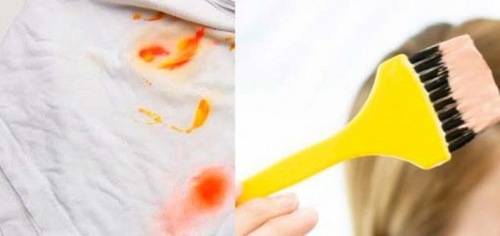
It is much more difficult to remove dried stains; you will have to use more powerful aggressive agents.
Algorithm of actions if the stain is fresh
To quickly remove the dye, you need to do the following:
- Immediately after identifying the problem, clothes should be washed under running water;
- Lather. It is allowed to use ordinary laundry soap, special products designed to remove stains.
- If, after soaping, traces remain, additional products are used (store-bought bleach, perhydrol or vinegar). The choice of this or that option directly depends on the type of fabric, its shade.
- Clothes are washed with powder.
- After rinsing, the result is visible. If necessary, all actions are repeated.
We wash hair dye from colored clothes
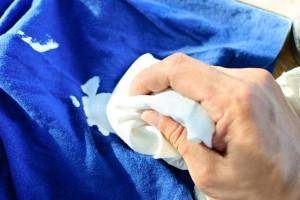
How to remove hair dye from clothes and not harm it? To do this, we need to follow simple rules:
- Test the drugs used on invisible areas of tissue;
- Do not use excessively aggressive substances;
- Check the type of fabric.
It should also be borne in mind that colored and white fabrics react differently to the drugs used. First, we'll talk about removing hair dye from colored clothing.
If the stain is fresh, quickly pull off the soiled clothes and rinse with plenty of cold water - the paint at this stage does not have time to absorb and fix in the fibers of the fabric, so it is washed off quite easily. After rinsing with water, start washing. Here we can use any suitable washing powder. It is also allowed to use ordinary laundry soap - it successfully cleans many stains on all types of fabrics.
In the fight against fresh stains, hairspray will also help, which is applied directly to the dirt. After this stain, you need to rub a little, achieving the penetration of the varnish into the fibers of the fabric. Further, the soiled thing will be washed with washing powder or laundry soap.
Has the ink stain already dried and burnt into the fibers of the fabric? Then we will have to act on clothes with more aggressive drugs and substances. To begin with, let's arm ourselves with ordinary hydrogen peroxide - it can be purchased at the nearest pharmacy, it costs mere pennies. Fill the stain liberally with peroxide and leave for 20-30 minutes. By the way, hydrogen peroxide successfully removes many other not particularly persistent contaminants. After soaking, we send the laundry to the wash. This method is very common in removing various stains, for example, with the help of it you can remove brilliant green from clothes.
Before using hydrogen peroxide, test it on an invisible area of fabric to make sure the dye does not react to it.
In addition to hydrogen peroxide, we can use ordinary table vinegar 9% (but not 70% acetic acid!).We water the stain with it, leave it for 20-30 minutes, then rinse it and send it to the washing machine or wash it by hand with laundry soap. This method works well for removing grass stains from jeans and other clothing.
If none of the above helped, we introduce heavy artillery into battle - solvent, gasoline, acetone, kerosene or a simple nail polish remover. As a reminder, gasoline is also good for removing nail polish from clothes. Before proceeding with processing, you need to check the fabric for resistance to these substances. To do this, apply the selected product to an externally invisible piece of fabric and wait 20-30 minutes, waiting for any reaction. If the fabric remains intact, feel free to start treating the stains. After completing the procedure, we wash.
Some delicate fabrics should not be exposed to any impacts at all - they should be taken to dry cleaning, where they will be cleaned with the help of special chemicals.
How to avoid paint stains on things
- Wear work clothes during repairs.
- Working with paint does not imply rush, it must be carefully applied to the surfaces to be treated, leaving excess on the roller tray.
- Prepare paint cleaners well in advance. This will remove the unwanted stain as soon as it appears.
Removing paint stains from fabrics depends on the type of composition that has entered, as well as the structure of the material. The main thing is to start removing contamination as early as possible. And choose the right tool that effectively affects the paint without harm to the material.
Nuances when removing stains
Cleaning methods are different. Human actions depend on the freshness of the stain. Also, stain removers are selected depending on the degree of contamination of the clothes.
If the stain is fresh
Removing a just put spot will require a minimum of effort and time from a person. The paint is removed so that it does not dry out. This is done with a knife or ruler. The main thing is that during collection the blot does not fall on clean areas of clothing.
Dried old stain
Blot removal begins with the use of the simplest available tools. This can be vinegar, hydrogen peroxide, or alcohol. In this case, it is advisable to use solvents and chemicals. At the end of cleaning, the item needs to be washed with detergent, as substances such as gasoline and acetone leave behind an odor.
If the blot is ingrained
Unfortunately, such stains are rarely washed off. Housewives try to start cleaning with more gentle methods, but most of them work with chemicals. You will have to try to clean the thing from paint, but remember that the chances are minimal.
Removing dried stains
Clothes with old stains are often blacklisted and thrown away. However, before you get rid of your favorite stubborn blouse, try the following guidelines. How to remove dried dye from clothing is described below.
Hydrogen peroxide and ammonia
Well-known hydrogen peroxide and ammonia will help to wipe off stains. They are suitable for light shades and bright things: black and red. It is better not to apply to yellow.
- Apply 1 tbsp, diluted in one glass of water to the painted area. l. oxide and 1 tbsp. l. ammonia.
- Wait 5-30 minutes.
- Wash the item by hand or with a generous amount of powder.
This method is good for white. When using on colored products, you should first make a test on a small area.
Vinegar
9% vinegar is indispensable in removing dried coloring matter. Thanks to the acid it contains, it even removes rust from fabrics.
Pour vinegar over a piece of fabric. After 20 minutes, rinse and wash. In case of remaining dark shade, rub with soap and hand wash.
Oxygen type bleaches
Popular oxygenated bleaches for colored clothes are used to remove any stains (henna, ink, grease).
After reading the instructions, dissolve a small amount of bleach in water and lather. The product must be soaked in this solution and then washed by hand. This tool will not only help to part with stains from caustic dye, but also perfectly cope with a dirty shirt collar.
Nail polish
Almost every housewife has a nail polish remover and will cope with the paint immediately, with timely application.
Apply a cotton ball soaked in liquid to the spot, wash after 20 minutes.
Useful Tips
In order not to have to get rid of paint stains, it is enough to properly prepare for staining:
- put rubber gloves on your hands. This will protect the skin from unwanted staining and the harmful effects of an aggressive composition;
- in order to protect clothes, it is advisable to purchase a special hairdressing cape;
- instead of a cape, you can wear old clothes that you do not mind getting dirty or throwing away;
- the skin at the hairline must be pre-treated with a fat cream, vegetable or cosmetic oil;
- you need to start removing stains without delay. Do not wait for the paint to dry and firmly adhere to the epidermis;
- it is best to have several brushes of different sizes. It is difficult to act accurately with a voluminous and wide brush;
- after removing the paint, you need to lubricate the skin with a nourishing or moisturizing cream. This will protect it from excessive dryness.
When dyeing your hair yourself, you must strictly follow the instructions, do not keep the paint longer than the specified time. Doing so can dry out your hair and cause dandruff.
How to remove blots from hair dye?
The fair sex always wants to look attractive. Therefore, you have to use different procedures. One of which is hair dyeing. Unfortunately, after applying the dye, not only the shade of the hair can change, but traces can also remain on the clothes. You can return your favorite thing to its previous appearance if you act quickly.

Laundry soap
As soon as the stain has been noticed, the painting procedure is interrupted. The place with the paint is placed under cold running water. If the paint has not had time to be absorbed into the fibers, it will wash off without problems. The favorite thing will be saved, and not a trace will remain from the spot.
In the case when rinsing with running water did not help, the stains are treated with laundry soap. The product is rubbed into the stain, after which the item is sent to the washing machine. It is recommended to wash with cold water, not hot.
Using high temperature water will only make the problem worse. Instead of being removed, the paint will be absorbed even deeper into the fabric.
Hydrogen peroxide with vinegar
Contaminated areas are abundantly wetted with peroxide. The clothes are left for half an hour and then soaked in cold water. After that, the item is washed by hand without the use of powder and other chemical detergents.
The remaining stains are moistened with vinegar, and the thing is left again for 30 minutes. After that, the clothes are rinsed in cold water and sent to the washing machine.

Acetone or kerosene
Working with these funds requires caution from a person, since not every fabric can withstand them. Acetone, like kerosene, is used after a person is convinced that the material will tolerate cleaning safely.
Apply one of the selected products to the stains 25 minutes before washing. After that, the clothes are washed and rinsed thoroughly so that there is no specific smell from acetone or kerosene.
Vegetable oil
A food preparation product that removes hair dye residues from delicate fabrics. The tampon is soaked in oil and is carried in a circular motion over the contaminated area. Cotton wool is replaced with a piece of cloth.The process of removing the stain is completed by washing the clothes with the choice of the usual mode.
Universal remedies: choose according to the color of the fabric
When removing stains, it must be borne in mind that not all products are suitable for colored, dark things. Therefore, their choice must be approached carefully, otherwise the clothes will be hopelessly spoiled.
Laundry soap
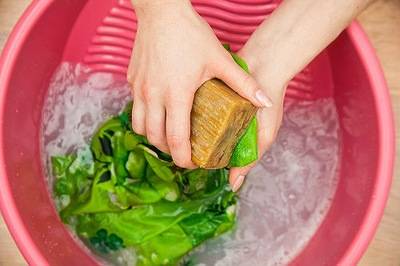
It is considered a versatile product that can remove stains on colored, dark and light clothing without causing harm. The contamination is lathered, after a quarter of an hour, rinsed under the tap.
Bleaches
Used to remove traces of paint from white fabrics. There are bleaches for colored items. Information about which materials the product is suitable for is indicated on the packaging. You need to familiarize yourself with it.
Antipyatin
When cleaning dark, colored fabrics, this product should be used with the utmost care. First, it is recommended to test it on an inconspicuous area.
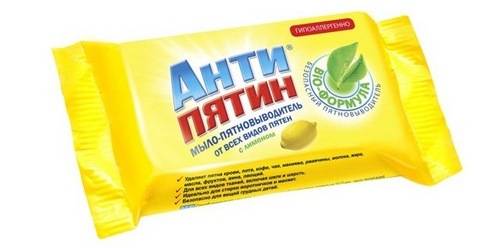
For light-colored clothing, Antipyatin is considered completely safe. They need to treat the stain, stand for 15 minutes, wash the thing in an automatic machine.
Glycerol
Suitable for both dark and light clothes. It is enough to moisten the stain in it and wait a quarter of an hour. After that, the pollution is treated with vinegar and salt: for 1 tsp. acid, a pinch of salt is enough. After 2-3 minutes, the item is washed.
Methods for removing dirt from furniture and other hard surfaces
In the process of dyeing hair, pigment can easily get on the wall, table, linoleum and other hard surfaces. In this case, it is advisable to immediately clean the contaminated area using one of the recommended methods.
How to clean plastic
You can use one of the following products to remove the coloring matter from the plastic:
- dishwashing gel;
- window cleaner;
- washing powder;
- White Spirit.
In all cases, you need to act according to the same scheme: apply the product to a sponge, rub the dirt, wipe with a clean damp cloth.
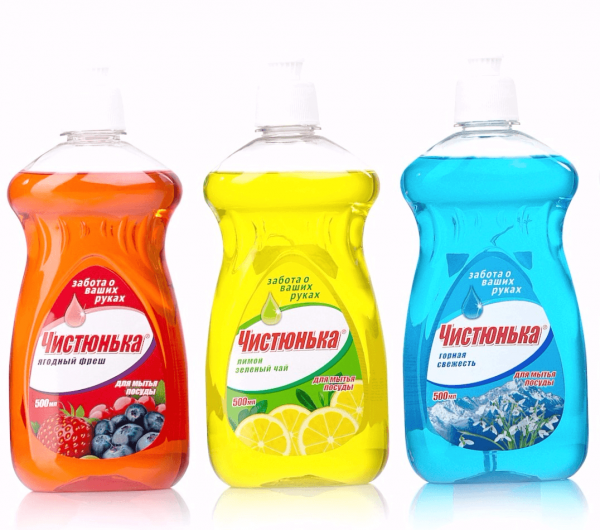
Dishwashing gel can be an ingredient in removing hair dye stains from furniture.
We clean linoleum
If paint gets on the linoleum, it can be washed off using the following means:
- liquid for cleaning windows;
- acetone;
- solution of "Whiteness" (100 ml per 8 liters of water).
When using these funds, you need to act like this:
- apply the product to the dirt, wipe it off;
- wipe with a clean damp cloth.
- after using "Whiteness", wash the linoleum with detergent and wipe it with a dry cloth.
How to wash the table
If the paint gets on the table, when removing it, you need to take into account what material the furniture is made of.
- If the table is wooden, the following recipes are suitable:
- soda (1 tbsp. l.), dishwashing gel (1 tbsp. l.) and water (2 cups), mix and wipe the paint with the resulting solution, then rinse with warm water;
- soda and a bite, mixed in equal parts into a foam, apply to the stain until it disappears completely, rinse with warm water.
- If the table is polished, you can use a mixture of salt and vegetable oil. It is necessary to apply this gruel to dirt, leave for 2-3 hours, wipe with a soft woolen cloth.
Can wallpaper walls be cleaned of hair dye?
But if hair dye got on the wallpaper (made of paper, based on non-woven fabric and any other types), it is impossible to wipe it off. It will only be possible to stick on a new piece of wallpaper. A common advice is to use vegetable oil to remove paint from wallpaper - an ineffective way.
If suddenly hair dye gets on clothes, furniture or the floor, you need to act quickly: it will be difficult or even impossible to remove the old pollution. The described methods will help get rid of unwanted stains on your favorite things and household items made of wood, plastic or leatherette.

